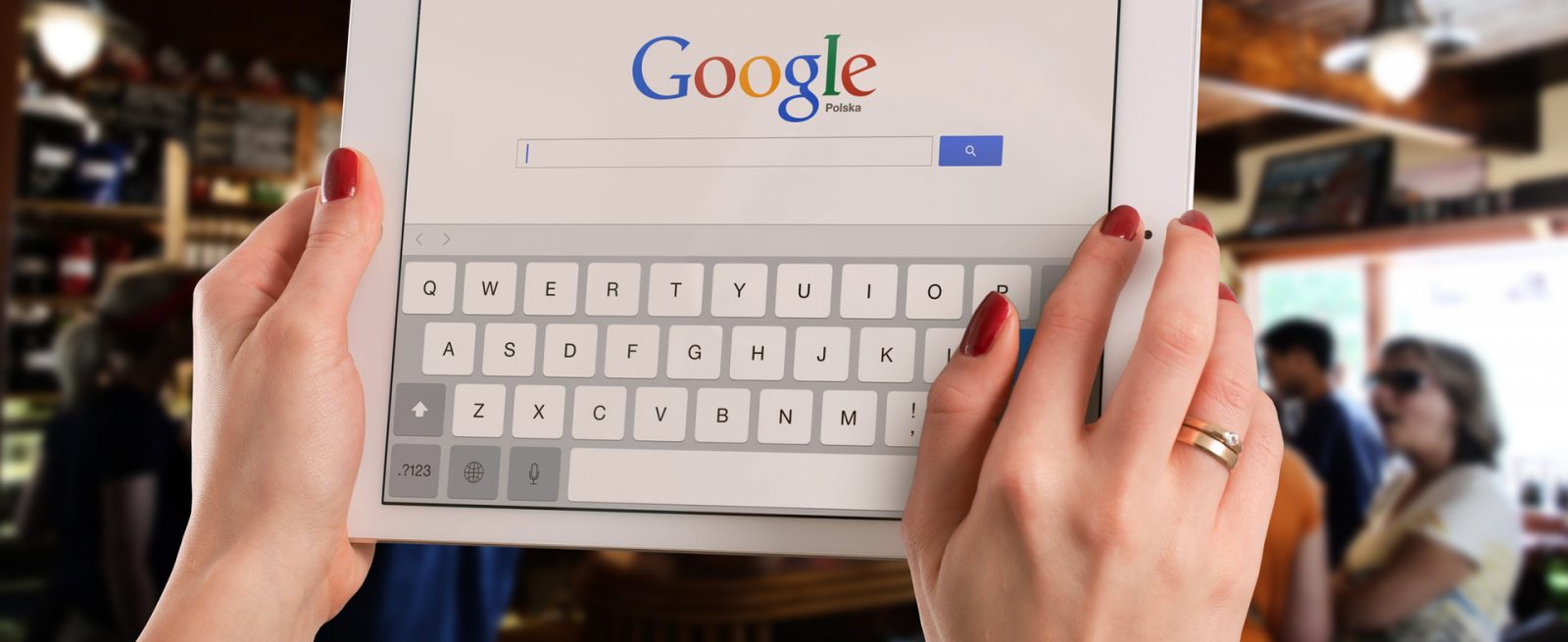Ranking Higher on Google with a Secure Website
2 Min Read By Mike Vichich
It seems like every other day there’s another major internet hack. Many consumers have become numb and assume their information will be stolen at some point. That said, restaurants, however, still have many reasons to put in place measures to avoid being hacked and keep customer data secure. A secured website is among the easiest and cheapest ways to prevent being hacked. This post is explains why and how to do it.
Looking back on your own internet use, you may have noticed what secure sites look like: the green “Secure” and / or a lock symbol in your browser’s address bar. Virtually all of most popular sites you use every day—Facebook, Amazon, Netflix, Google, Twitter—secure their websites using a technology called SSL. Many restaurants, however, operate with unsecured sites.
Should you care about this now?
If your site is unsecured, the answer is “Yes, Immediately” for two reasons:
- Google demotes your site in search rankings, costing you valuable web traffic (and therefore revenue)
- Consumer data (e.g., web signups to an email club) could be easily stolen if your site is unsecured
First, let’s talk about search ranking demotions. Google recently started penalizing websites that don’t have a Secure Connection and rewarding sites that do. Consequently, your site will rank higher or lower, based on whether you’re using SSL—and ranking highly really matters. Online advertising company Chitika found that 50 percent of clicks from Google go to the first two search results. If you’re not at the top of search results, you lose.
Second, attackers can easily access data being collected through unsecured sites. For example, if you have an email signup widget on an unsecure site, it’s possible that your guests’ emails could be stolen.
So, should you secure your website? Unequivocally yes.
From here on, we’ll explain how to enable SSL on your site.
Step One: Is Your Website Secure?
Navigate to your restaurant’s website, and check whether there’s a green “Secure. If you see the green secure, you are good.
Step Two: My Site Is Unsecured
If you use a website builder such as WordPress or Squarespace, securing your site is often free and relatively easy. It can be a tad more complicated if your website was custom built, but the SSL certs themselves are still free.
WordPress: There are a handful of WordPress plugins that make setting up SSL painless. Really Simple SSL is one of the more popular options. You’ll need to obtain your free SSL certificate separately, from Let’s Encrypt or Cloudflare, for example. Once you have obtained the cert, Really Simple SSL has instructions that walk you through the process step-by-step.
Squarespace: Takes just a few clicks in the Squarespace portal. Login to Squarespace, select your website, then click Settings > Security & SSL > Secure (Preferred). Here’s the Squarespace support article on setting up SSL.
Custom Sites: You can grab an SSL cert from Let’s Encrypt, and upload wherever your domain is hosted.
This article originally appeared on Wisely’s blog.


